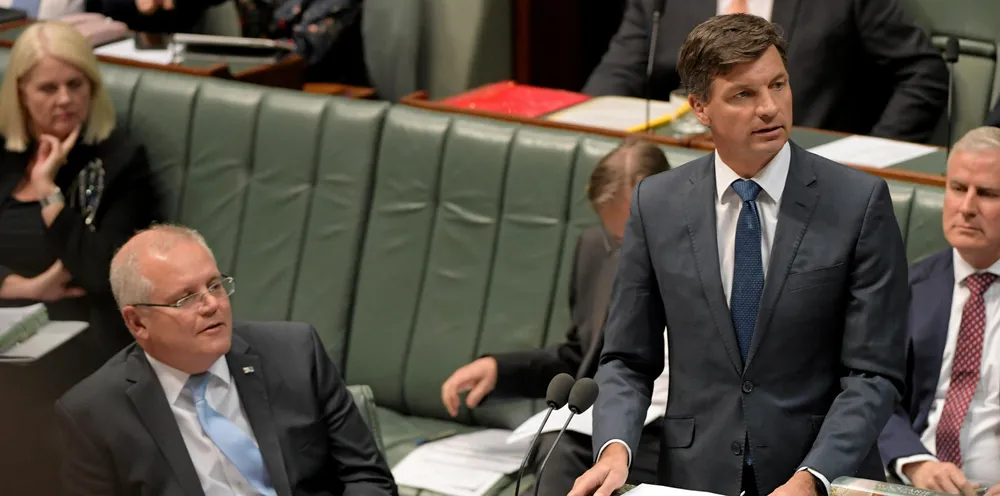'Historic moment' as landmark bill paves way for Australian offshore wind boom
Offshore Electricity Infrastructure Bill tipped to spark major interest from global giants awaiting legislative underpinning for huge projects

Offshore Electricity Infrastructure Bill tipped to spark major interest from global giants awaiting legislative underpinning for huge projects
